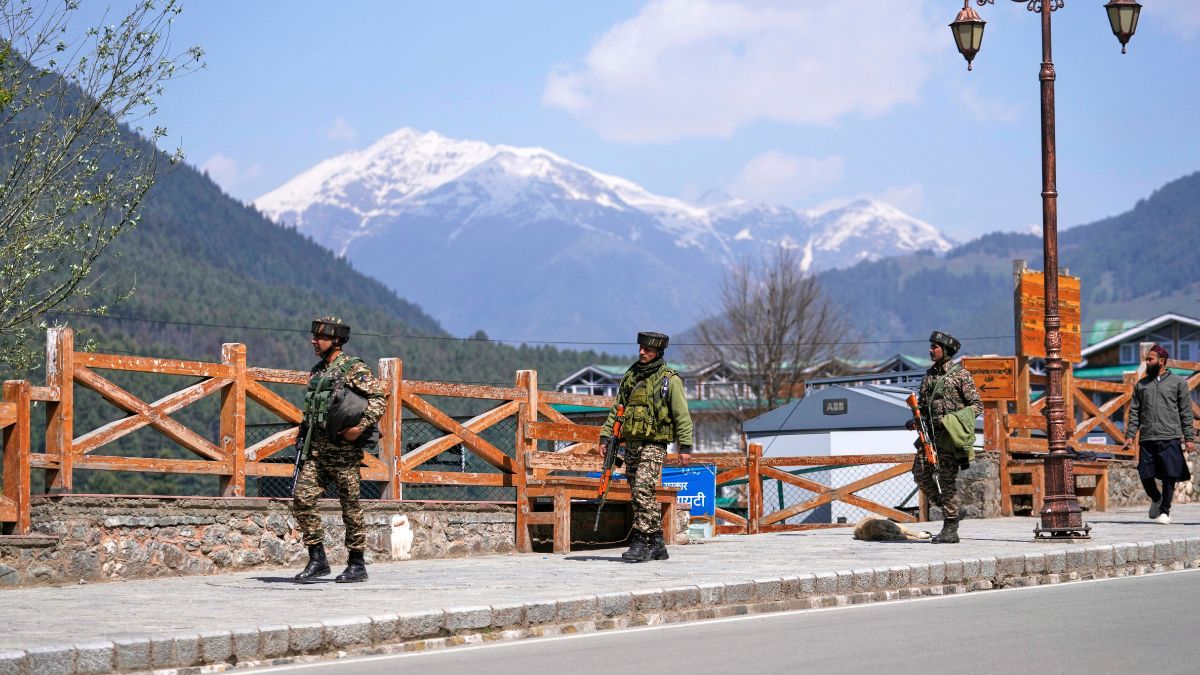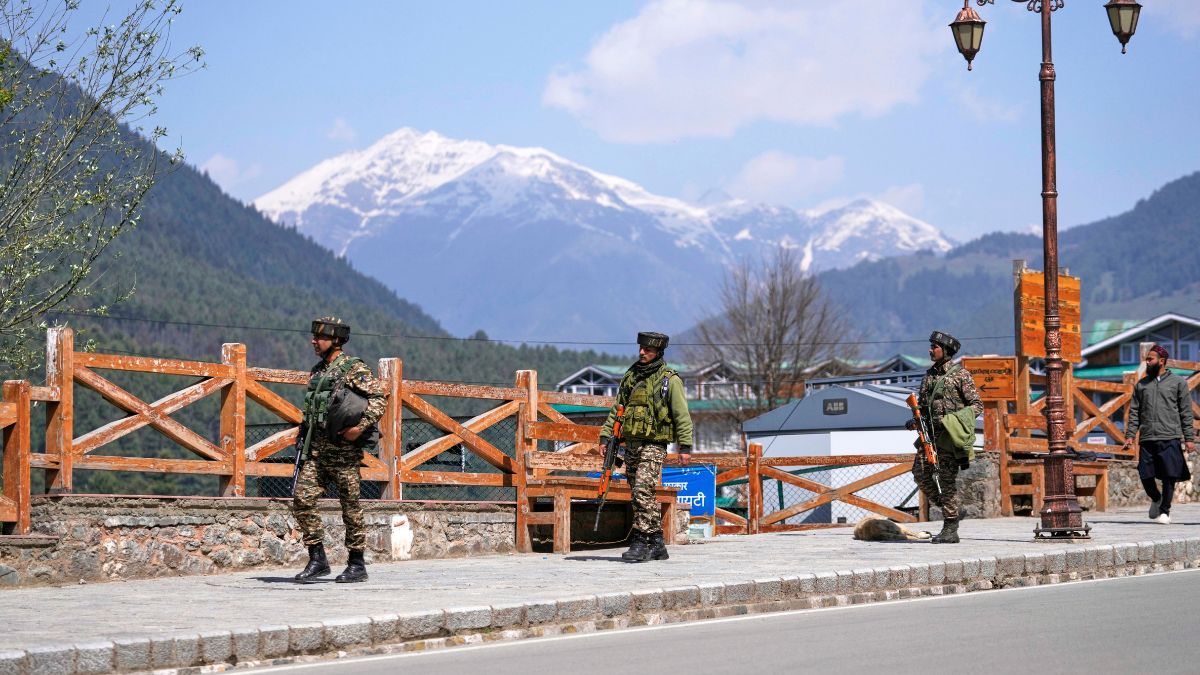Pakistan is a reluctant nation when it comes to learning from past mistakes. Whether “reluctant” is the right word or whether “foolish” or “short-sighted” fits better is a matter of judgement. In the wake of the Pahalgam massacre on April 22, Pakistan was quick to shut its airspace to all Indian-owned or Indian-operated airlines. While symbolically forceful, this move disregards practical economic considerations and reflects a familiar pattern where math and common sense take a back seat to political signalling.
As Indian airlines are now rerouting to avoid Pakistan’s airspace, fuel costs and travel times are indeed rising. However, it is Pakistan that faces the heavier economic fallout, primarily due to lost overflight fees. During a similar airspace closure following the Pulwama attack in 2019, Pakistan’s aviation sector lost nearly $100 million, with daily deficits of around $760,000 from overflight charges, cancelled flights and rerouting complications. The current scenario is poised to follow a comparable trajectory.
The Civil Aviation Authority reported a deficit of Pakistani Rs 8.5 billion (approximately $50 million). Operational challenges faced by PIA during that time only intensified the broader economic strain.
In a retaliatory move, India issued Notice To Airmen (Notam) G0510/25, prohibiting Pakistani aircraft from using Indian airspace. This reciprocal action adds a second layer of economic strain for Pakistan. Historical precedent suggests that the implications could be severe. Following the Balakot strikes in 2019, Pakistan experienced considerable financial pressure as a result of similar airspace restrictions.
Financial strain on Pakistan International Airlines (PIA)
The prohibition on using Indian airspace poses a particularly severe threat to Pakistan International Airlines (PIA), a carrier already struggling with financial insolvency. PIA currently operates flights only to Colombo in the Southeast Asian region.
The airline lacks the capacity to serve most regional capitals despite diplomatic efforts to build strategic ties. In 2019, similar restrictions led to daily losses of about $460,000 for PIA, contributing significantly to the broader $100 million aviation sector loss during that time.
Beyond passenger routes, airspace closures have a cascading effect on cargo operations. Rerouted flights lead to delays in the delivery of perishable goods, textiles and industrial commodities potentially resulting in the breach of international contracts. Such disruptions can make Pakistani exports less competitive due to increased transportation costs and logistical inefficiencies.
The overall downturn in the aviation sector can cause ripple effects throughout the national economy. Reduced airline operations may lead to layoffs, a decline in tourism, and reduced investor confidence.
The compounded pressure on PIA and other aviation entities could necessitate government bailouts, thereby diverting scarce resources from other critical sectors such as health, education and infrastructure.
Diplomatic fallout: Vision East Asia Policy at risk
Pakistan’s Vision East Asia Policy, launched in the early 2000s, aims to build stronger diplomatic, cultural and economic ties with East and Southeast Asian nations. While Pakistan has historically maintained close relations with China, this initiative seeks to broaden regional outreach to countries like Japan, South Korea, Malaysia, Indonesia and Vietnam.
The current airspace restrictions have come at a particularly inopportune time for this policy. The inability to fly through Indian airspace significantly hampers Pakistan’s ability to maintain and expand trade and diplomatic engagement with Southeast Asia.
Economically, the policy’s goal of diversification now faces a major setback. Efforts to promote cultural diplomacy, educational exchanges and tourism are also stalling under the weight of logistical complications.
In recent years, Pakistan had made renewed efforts to revitalise this policy. Initiatives included halal food and defence cooperation with Malaysia and Indonesia and infrastructure discussions with Japan and South Korea.
However, these engagements are becoming increasingly difficult to sustain due to the new restrictions. Even travel to Bangladesh—an emerging diplomatic partner—now requires circuitous routes unless the Indian peninsula is circumvented entirely.
Security analyst Muhammad Amir Rana, writing for The Dawn earlier pointed out that Pakistan’s ties with other South Asian nations are weakening despite shared cultural heritage. The India-Pakistan rivalry has further hampered Pakistan’s connectivity and people-to-people exchanges with the broader region.
Privatisation and disinvestment woes for PIA
The Indian Natam restricting Pakistani flights could not have come at a worse time for PIA’s privatisation efforts. On April 24, the Pakistani government made its third attempt to privatise the airline by inviting domestic and international investors to submit Expressions of Interest for acquiring a 51 per cent to 100 per cent stake in the restructured entity.
Previous privatisation efforts have failed spectacularly. In October 2024, a lone bid of around US$36 million was submitted—far below the reserve price of $305 million. Buyers cited unresolved taxation issues and PIA’s legacy debt as major deterrents.
A second attempt attracted only one bid from the Blue World City consortium, which offered Rs 10 billion, well short of the Pakistani Rs 85.03 billion minimum price set by the Privatisation Commission. Six groups were pre-qualified, but none submitted a competitive offer.
The current airspace restrictions further diminish investor confidence. As potential buyers weigh the challenges of operating a loss-making airline with shrinking regional access and diplomatic uncertainty, PIA’s disinvestment prospects appear increasingly bleak.
Operational challenges for Pakistani airlines
According to aviation security trainer Tahir Mehmood, the Pakistani aviation industry faces multiple operational hurdles that hamper growth and efficiency. Limited financial resources prevent airlines from upgrading fleets, conducting proper maintenance or expanding services. This financial weakness leads to deteriorating service quality and reduces competitiveness.
Moreover, there is a pronounced shortage of skilled professionals across the sector, including pilots, engineers and ground staff. This talent gap affects both reliability and safety.
Outdated infrastructure compounds the issue, with many airports lacking modern facilities such as automated baggage handling and CT-based explosive detection systems. These inadequacies contribute to frequent delays and poor passenger satisfaction.
Additionally, Gulf-based carriers with superior service quality and global connectivity continue to outcompete Pakistani airlines, siphoning off a significant share of international traffic.
Airport operations: Structural deficiencies
Pakistan’s airports suffer from ageing infrastructure, limited runway capacity and inadequate passenger-handling systems. Out of 42 airports in the country, only 26 are operational. The rest continue to incur maintenance costs without generating revenue, resulting in inefficiencies and wasted resources.
Security concerns, particularly in regions like Balochistan, further complicate airport operations. Political instability deters both domestic and international travel. Attempts to improve airport infrastructure through public-private partnerships have failed due to non-competitive bidding processes and unresolved employee rights, stalling much-needed modernisation projects.
Comparative regional performance
Pakistan’s aviation sector continues to lag behind regional peers. In 2023, the country recorded approximately 22 million passengers—dwarfed by India’s 176 million during the same period. This disparity highlights the wide gap in aviation infrastructure and market size.
Operational efficiency also varies drastically within Pakistan. Private airlines like Fly Jinnah report on-time performance rates nearing 88 per cent, while PIA lags behind at just over 58 per cent. This inconsistency reflects broader issues in governance and accountability.
Technologically, Pakistani airlines are also falling short. While regional competitors invest in next-generation aircraft and digital innovations, Pakistan’s carriers struggle to modernise, thereby reducing their appeal in both domestic and international markets.
A compounding crisis
The Indian airspace ban has delivered a devastating blow to Pakistan’s aviation sector at a time when it can least afford additional strain. Beyond the immediate financial repercussions, the ban exacerbates existing structural inefficiencies, disrupts diplomatic objectives and severely hinders PIA’s privatisation efforts.
While the symbolic politics of airspace closures may serve short-term nationalistic agendas, in the current economic set up, India’s action is more likely to inflict long-term economic and strategic damage on Pakistan.


)
)
)
)
)
)
)
)
)